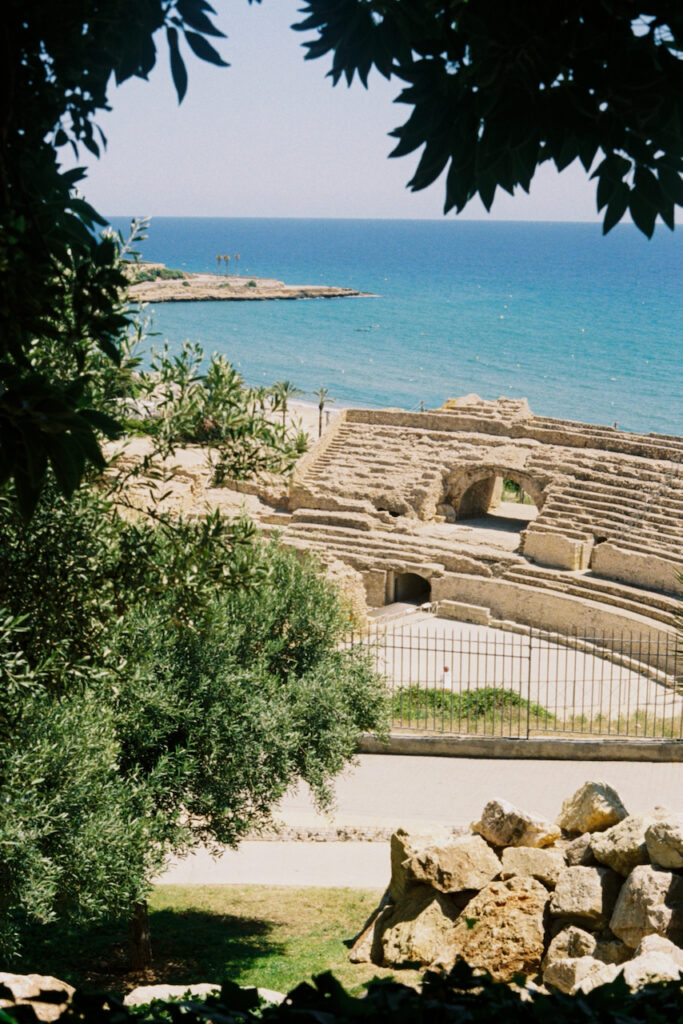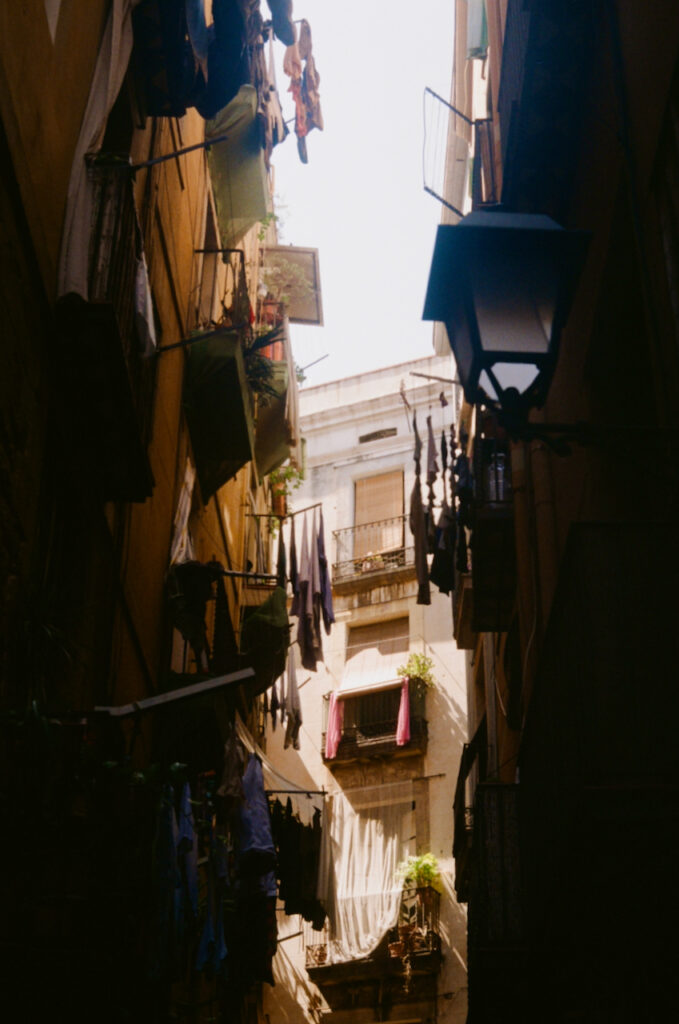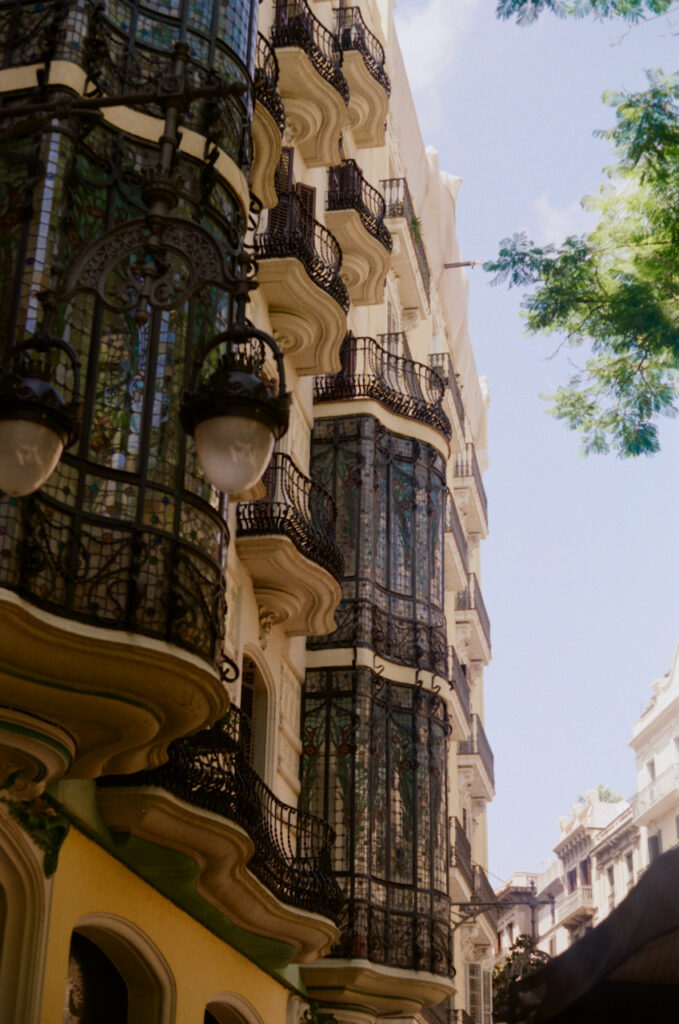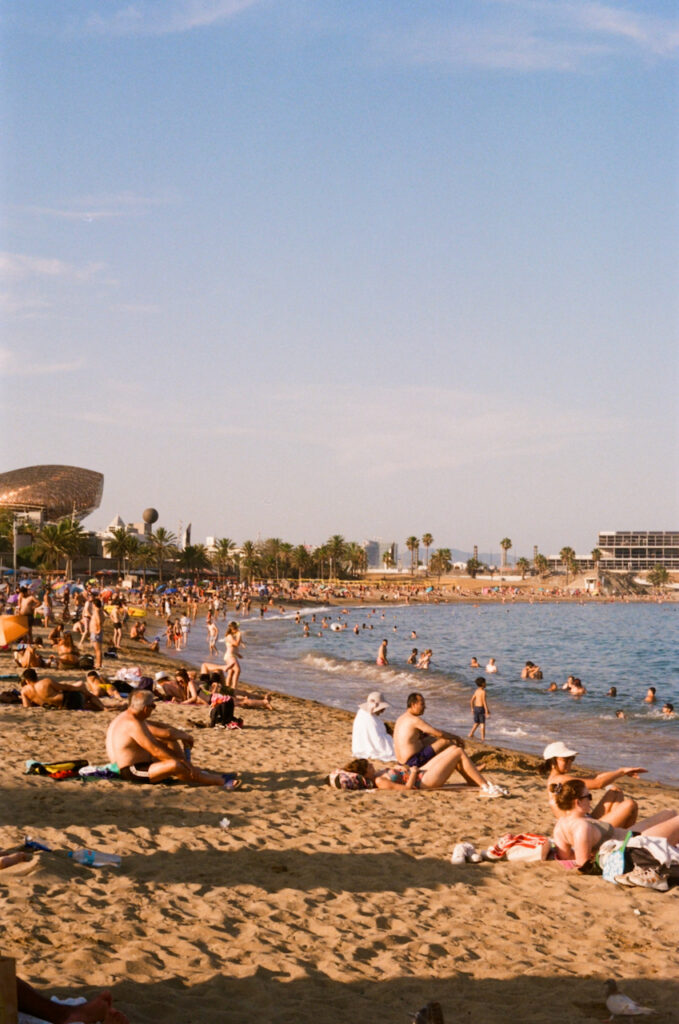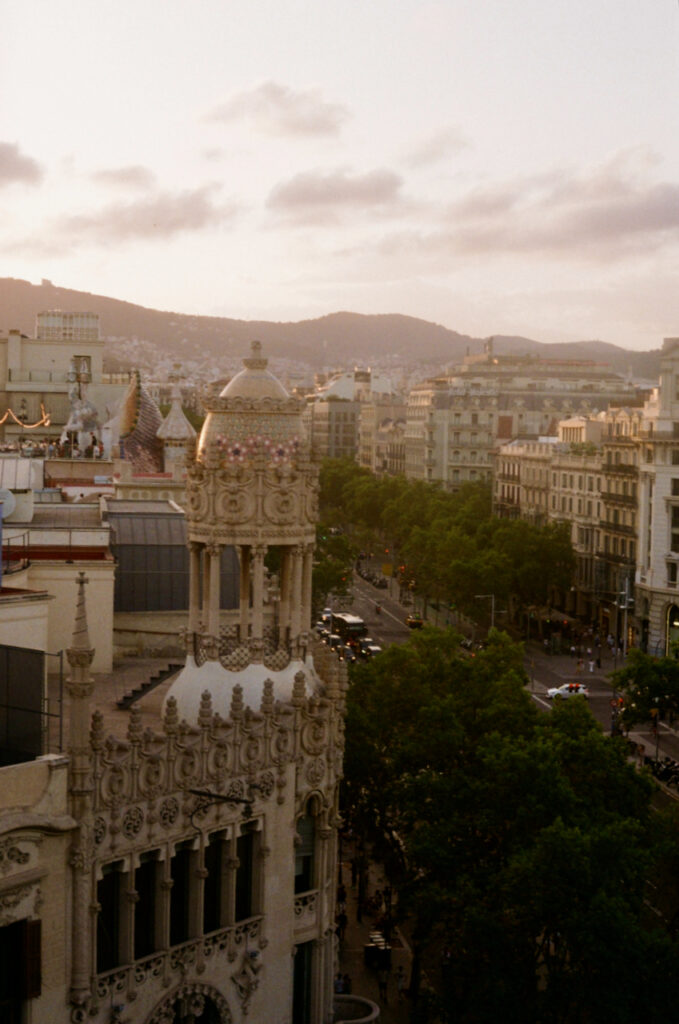

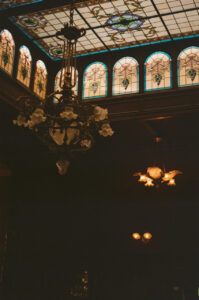




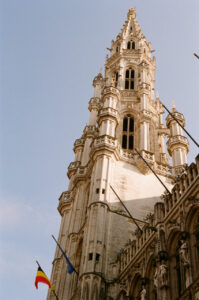












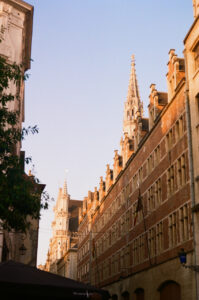
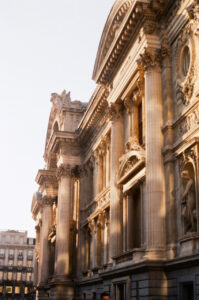
Portraits of Luxembourg











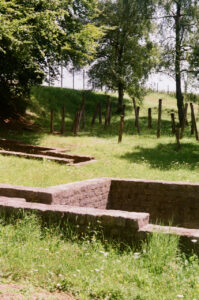



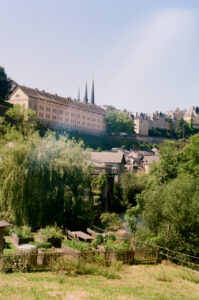
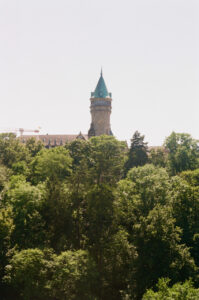

Turku- Rauma: The Paris of Finland
After my visit at Turku, I totally agree with the quote that parallels the city as the “Paris of Finland”. It is indeed a city rich in history, culture, and a lively urban atmosphere.
As Finland’s oldest city and former capital, it bears a unique blend of tradition and modernity, much like Paris itself.
Turku gives the feeling of a cultural hub, hosting numerous festivals, art events, and theater performances throughout the year, similar to Paris’s dynamic arts scene. Also, the city is filled with an eclectic mix of historic and modern buildings that reflect its historic importance as a cultural and commercial center. Walking through Turku is a stroll through diverse architectural styles offering a glimpse into different eras of the city’s development.
Flying from Bergen to Turku 11/10 18.00


Panimoravintola Koulu- Brewery in Turku 12/10 19.00
 .
. 
The buildings…


Sunsets in Aura


Mikaelinkirkko


The favourite spot…






The cute cafés…






Portraits of Tarragona
Portraits of Barcelona
Similarities in Ohrid and Berat, through an architectural prism

When we see a panorama from Ohrid and Berat side by side, we can clearly form an idea that both share really similar, if not, the same architectural language.

I’d say that is mainly a product because both of the cities were in the late Ottoman empire, even in the same Ohrid-Epir region. Both cities have a similar climate, are built on terrain with an elevation, and share a rich historical image from ancient times. Today they’re both UNESCO-protected regions and have aspirations to be growing touristic centers.


Quebec City Architecture Portfolio

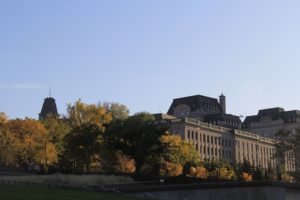

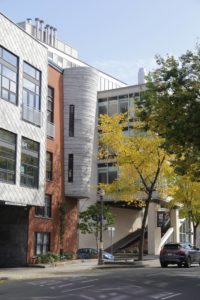
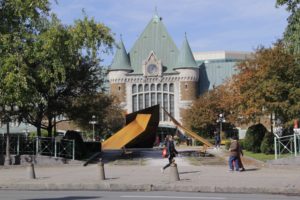
Amsterdam – from freight to tourism
 Amsterdam, capital of Netherlands, is one of the most iconic canal cities in the world. It is a city with rich history and was once one of the main economic trade points in seventeenth century Europe. As a leading economic force it was only natural that Amsterdam also became a hub for cultural development, especially during the era we now refer to as the Dutch Golden Age, which led to advancements in painting, architecture and technology. Perhaps particularly impressive was the advancements made within the field of hydraulic engineering, which the city is very much a testament of today. In modern times, the city has become a hot spot for tourism. It is unique in its libertarian views on recreational substances and continues to produce products like cheese and beer that is widely enjoyed across the globe.
Amsterdam, capital of Netherlands, is one of the most iconic canal cities in the world. It is a city with rich history and was once one of the main economic trade points in seventeenth century Europe. As a leading economic force it was only natural that Amsterdam also became a hub for cultural development, especially during the era we now refer to as the Dutch Golden Age, which led to advancements in painting, architecture and technology. Perhaps particularly impressive was the advancements made within the field of hydraulic engineering, which the city is very much a testament of today. In modern times, the city has become a hot spot for tourism. It is unique in its libertarian views on recreational substances and continues to produce products like cheese and beer that is widely enjoyed across the globe.


While visiting Amsterdam, we were quickly drawn toward the idiosyncratic architectural style and city planning, which due to now outdated utilitarian features, seemed almost lost in time. A good example is how almost every building still furnish hooks and pulleys to raise and lower cargo, despite there being virtually no need for such accessibility any longer. Though practically redundant these appendixes now pose a symbolic value and aptly reflect the city’s history as a naval-based center of commerce. Despite Amsterdam’s unique infrastructure clearly being designed to minister a different function, than the one its currently serving, it is still fascinating to see how the city council has benefited from this unique layout as well as the locals tailored lifestyles, favouring bikes over cars.
After two fully packed days in Amsterdam, we still felt as if we had barely scratched the surface of what the city had to offer. As we walked we sometimes abstained from conferring with the map, because there was simply no point in prioritising certain parts of the town over others. It is a city one could keep exploring ad infintum.


Berlin – architecture across the gamut
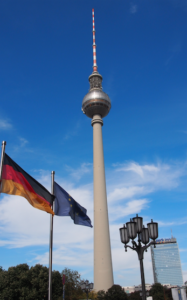
Wanting to discover and learn more about World Heritage Sites in Western and Central Europe within the context of urbanisation, architecture, society and culture we thought Berlin, with its rich history and multicultural atmosphere, a great place to begin our trip around Europe. While manoeuvring most of the city by foot and public transport, we got a first hand impression of Berlin’s broad spectrum of architectural styles which indirectly speaks to the city’s turbulent history.
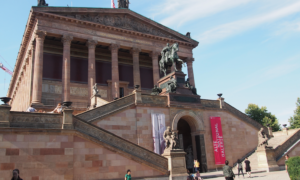
The mixture of neoclassical facades, Parisian building models, modern housing projects, grandiose structures and monumental edifices like the Berliner Fernsehturm speaks to Berlin’s many phases – from First, to Second World War and the division posed during the Cold War – and show how the denizens responded to periods of both adversity and prosperity.

 In light of Iga’s research, we organised a meeting with Dr.Anke Zalivako from Ladesdenkmalamt Berlin, who is responsible for the protection and preservation of major World Heritage SItes in Berlin such as: Museum Island, Palaces and Parks in Potsdam and Berlin and Six Berlin Modernism Housing Estates. The meeting was very insightful and Dr. Anke told us a lot
In light of Iga’s research, we organised a meeting with Dr.Anke Zalivako from Ladesdenkmalamt Berlin, who is responsible for the protection and preservation of major World Heritage SItes in Berlin such as: Museum Island, Palaces and Parks in Potsdam and Berlin and Six Berlin Modernism Housing Estates. The meeting was very insightful and Dr. Anke told us a lot
 about the particular challenges that come with preserving World Heritage Sites. Perhaps especially interesting was it to learn more about the modern housing project and the difficulties that emerge in preserving something that is still in use by the public.
about the particular challenges that come with preserving World Heritage Sites. Perhaps especially interesting was it to learn more about the modern housing project and the difficulties that emerge in preserving something that is still in use by the public.
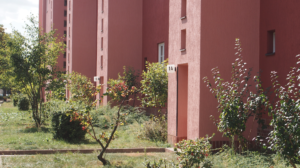
After the meeting with Dr. Zalivako, we begun to see the city in a different perspective as we now knew more about its architectural past and the changes particular neighbourhoods wen t through.
t through.
In curious pursuit of the Berlin Modernism Housing Estates we decided to see the Britz Residential Estate, which includes the Famous Horseshoe Estate. Although perhaps nothing special to a modern, its accolade as a UNESCO World Heritage Site is more than understandable. At the time of its inception in the 1920s, the Hufeisensiedlung was a highly innovative housing structure, meant to improve living conditions of lower income families by offering affordable, airy, sun-lit residencies,
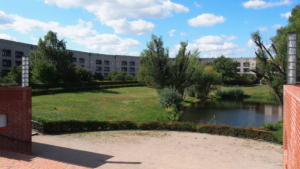 with individual kitchens, bathrooms and access to green spaces. The modern housing projects was also a shrewd move in tackling the housing shortage Berlin then suffered.
with individual kitchens, bathrooms and access to green spaces. The modern housing projects was also a shrewd move in tackling the housing shortage Berlin then suffered.
The idea of modern housing might have been too innovative to be fully appreciated in the 1920s. However adding Modern Estate Building of Berlin to World Heritage SItes list was an important decision as it is clear to see how much of an impact this way of making buildings has since had.


